Kyperounta
The largest and main village of Pitsilia
Kyperounta is a village in the Limassol province and the largest village, the main village of Pitsilia, which has 1516 inhabitants.
The village of Kyperounta is built under the Troodos mountain range, 43km from Limassol and 78km from Nicosia.
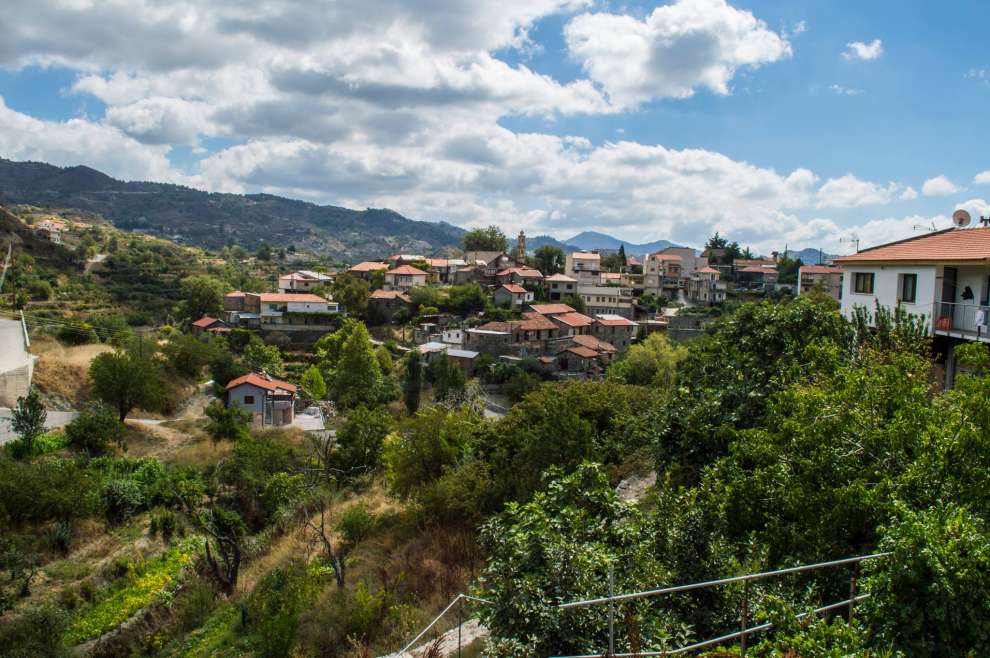 Photo: Κοινότητα Κυπερούντας
Photo: Κοινότητα Κυπερούντας
It is worth mentioning that Kyperounta ranks among the highest altitude villages, since it is built at approximately 1300-1500 metres from the sea level. More specifically, it is the third largest village on the island with the highest altitude after the villages of Prodromos and Chandria.
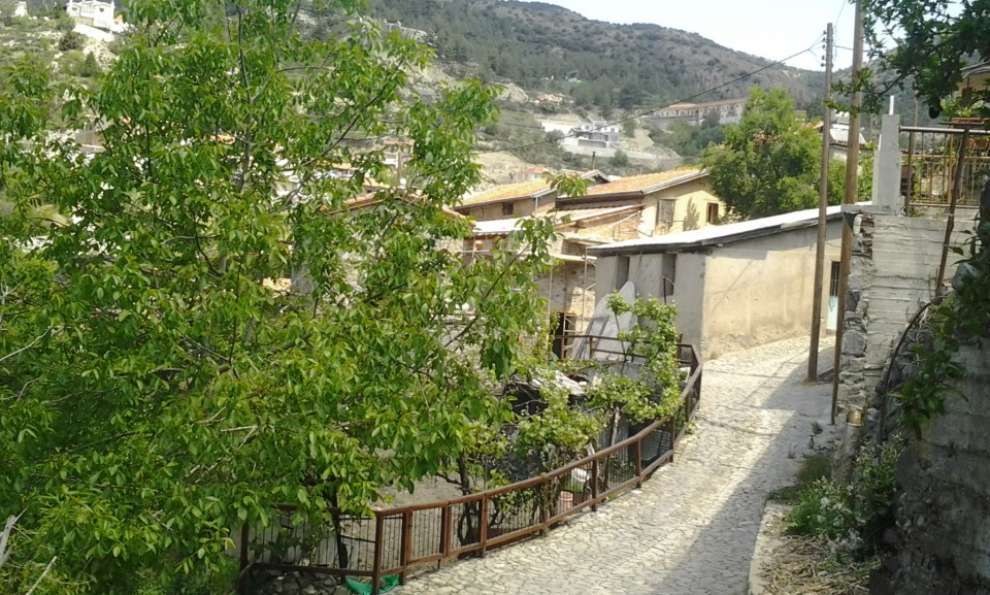 Photo: KyperountaVillageCy
Photo: KyperountaVillageCy
The main tributaries of the Kouris river spreads throughout Kyperounta, breaking it into narrow deep valleys. The climate of Kyperounta is dry and stable. In winter the temperature falls below zero, with frosts and snow. In the summer the weather is very enjoyable.
To the east, the village is connected to Chandria, while to the southeast with the village Dymes. In the southwest it joins with Amiantos.
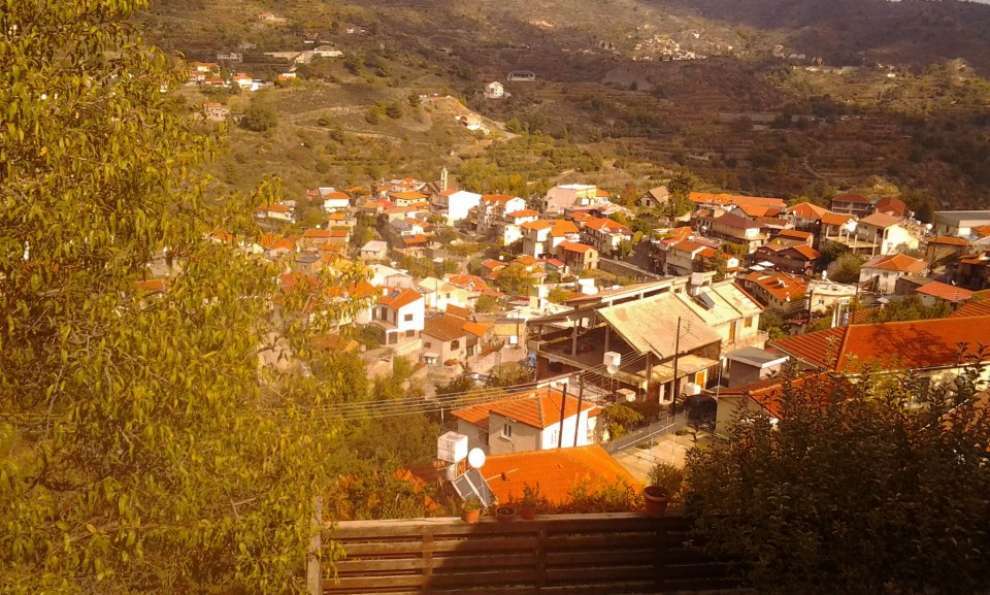 Photo: KyperountaVillageCy
Photo: KyperountaVillageCy
The name of the village:
About how the village was named, it is said that it comes from the plant "Kyperos" or "Kyperi." Specifically, "Kyperos" is a weed that thrives in the area, it is called Cyperus rotundus scientifically and has a purple color.
Historical data:
According to historical sources and on the basis of Kyperounta's reference to folk songs of the 9th and 11th centuries such as the song "Marouthkia", the village must have been founded during Byzantine times.
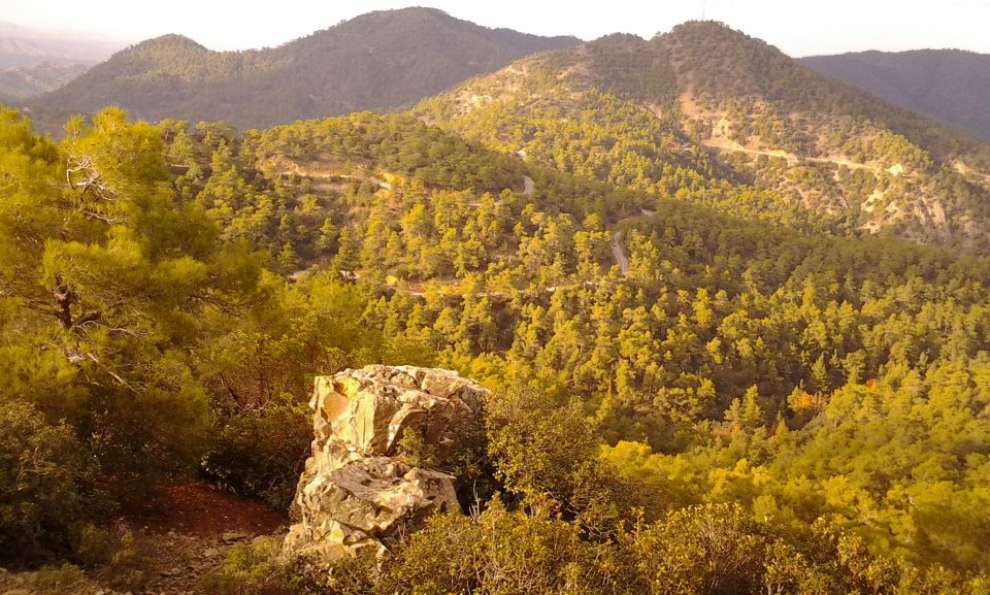 Photo: KyperountaVillageCy
Photo: KyperountaVillageCy
During the Frankish period, according to De Mas Latris, "Chiperonda" was ranked among the villages that consisted of royal estates. On the map of Abraham Ortelius, 1573 it is also referred to as "Choperoda".
During the Ottoman rule, Kyperounta was divided into two neighborhoods that crossed the Kouris river. One neighborhood was built around the church of Agia Marina and the other was built to the east of the church of the Virgin Mary.
Finally, it is worth noting that the inhabitants of the community showed a great fighting spirit during the First World, Second World, in the Greek-Italian war, and in the national liberation struggle of 1955-1959.
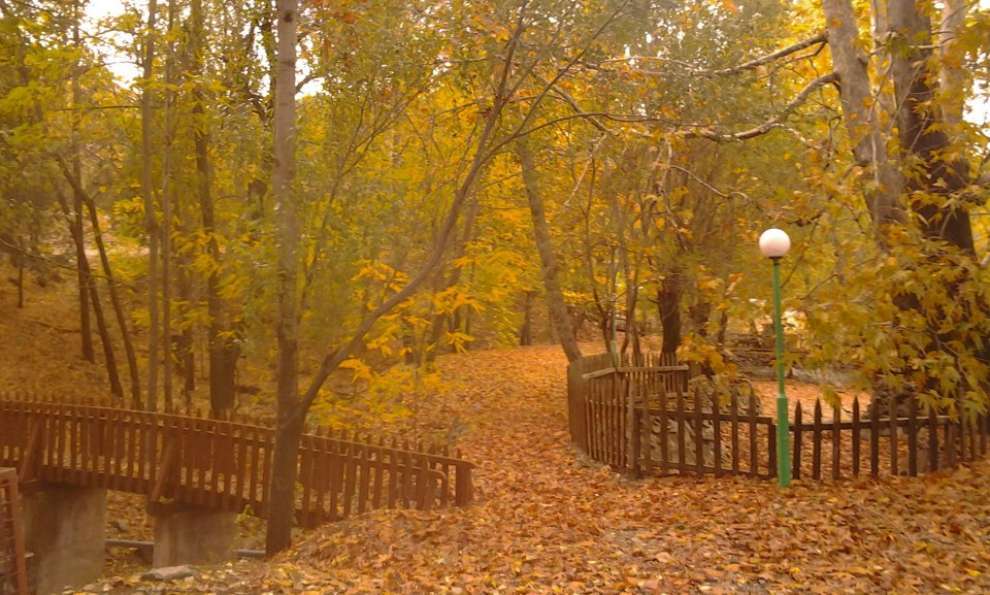 Photo: KyperountaVillageCy
Photo: KyperountaVillageCy
Churches and attractions:
Taking a walk in tthe village, you will come across the church of Agia Marina, the church of Panagia and Chrysosotheros, the newly built sanctuary of Agios Arsenios of Kappadoki, the chapel of the Holy Cross and the chapel of the Virgin Mary. It should be noted that the Chapel of the Holy Cross has one of the "ecclesiastical sculpture" as well as frescoes dating back to 1521. The chapel occupies a place on UNESCO's list of world cultural heritage and has become a museum.
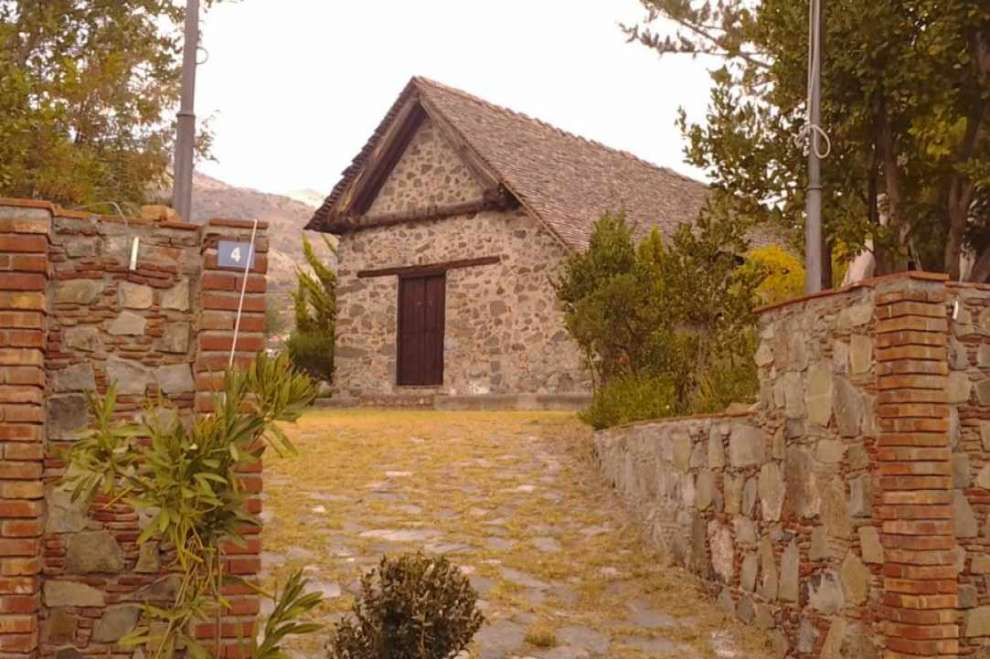 Photo: KyperountaVillageCy
Photo: KyperountaVillageCy
Apart from the churches, it is also worth visiting the two Museums found in Kyperounta. The Museum of Rural Traditional Life and Natural History and the National Liberation Struggle. In the Museums there are exhibits that the visitor can study. Old household items and agricultural tools, stuffed wildlife and birds in the region, etc.
Other interesting places that a visitor can visit in Kyperounta are Digenis Pine Tree, Kyperounta Winery, the beautiful community park and the Action Park, the "Madari" Circular Path, which is a cluster of 4 trails built in the wider region of Madari, while there are two wonderful nature trails: "Glory to God" and "Teichia tis Madaris."
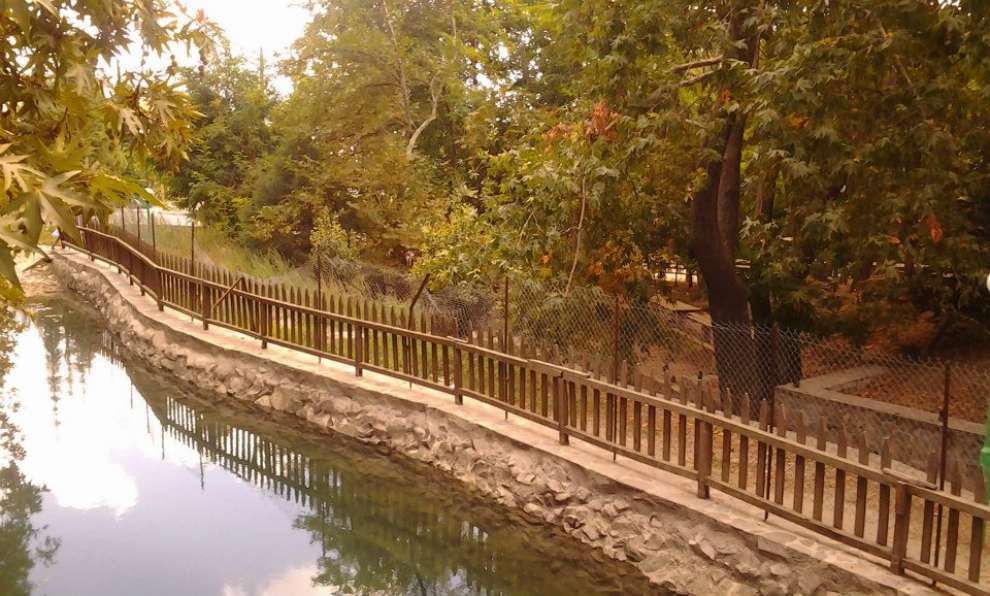 Photo: KyperountaVillageCy
Photo: KyperountaVillageCy
Occupations and Cultivations:
The cultivated land areas alternate harmoniously with the areas of wild vegetation drowned in the pine trees, "the marshes, the dry woods and the lakes".
The inhabitants of Kyperounta mainly deal with agriculture, their main crops are fruit trees such as peaches, plums, cherries, almonds, walnuts, vegetables, beans, tomatoes, cucumbers and others, having about one-third of the pan-Cypriot production of apples and pears. In addition, they are engaged in the wine-growing of wine-making varieties and in the preparation of wine. In Kyperounta there are two wineries, Vassiliko and Charma.
Livestock farming is limited.
Population:
The population of Kyperounta over the years has experienced many fluctuations. More specifically in 1881 it had 288 inhabitants which rose to 342 in 1891. In 1901 they rose again to 425, in 1911 to 509, in 1921 to 567 and continued to increase until 1976 to reach 2007. Then in 1982 they were reduced to 1636, and then to 1455 in 1992 and slightly rised to 1497 in 2001. According to the 2011 census, Kyperounta has 1516 inhabitants.
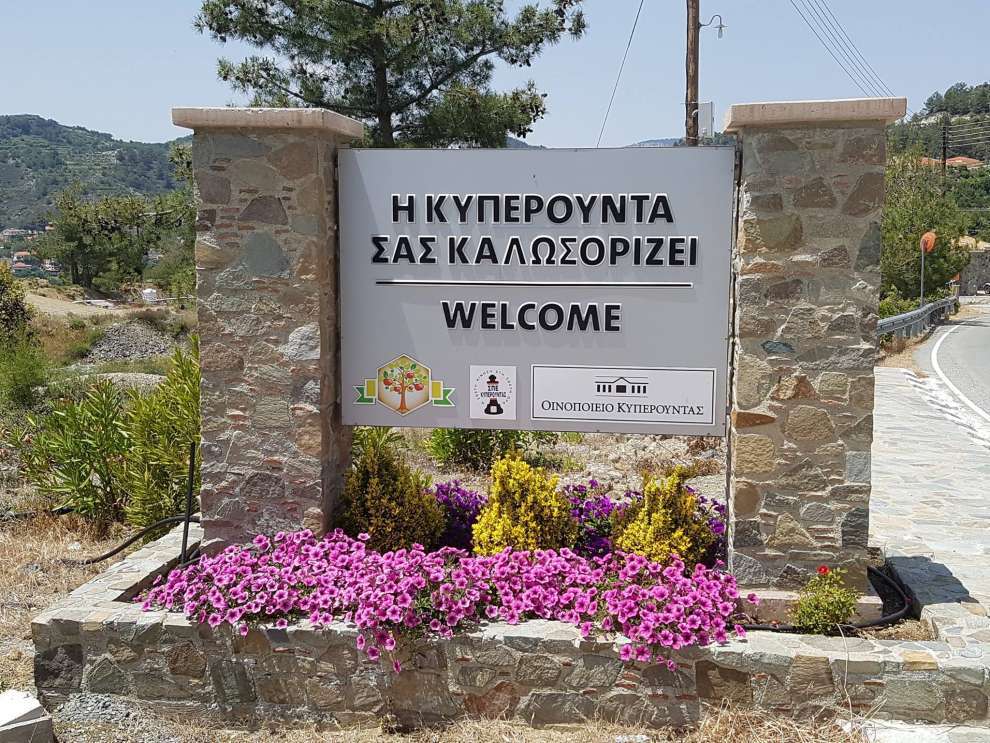 Photo: KyperountaVillageCy
Photo: KyperountaVillageCy
For the map of the area, click HERE

 English
English
 Ελληνικά
Ελληνικά Русский
Русский
















